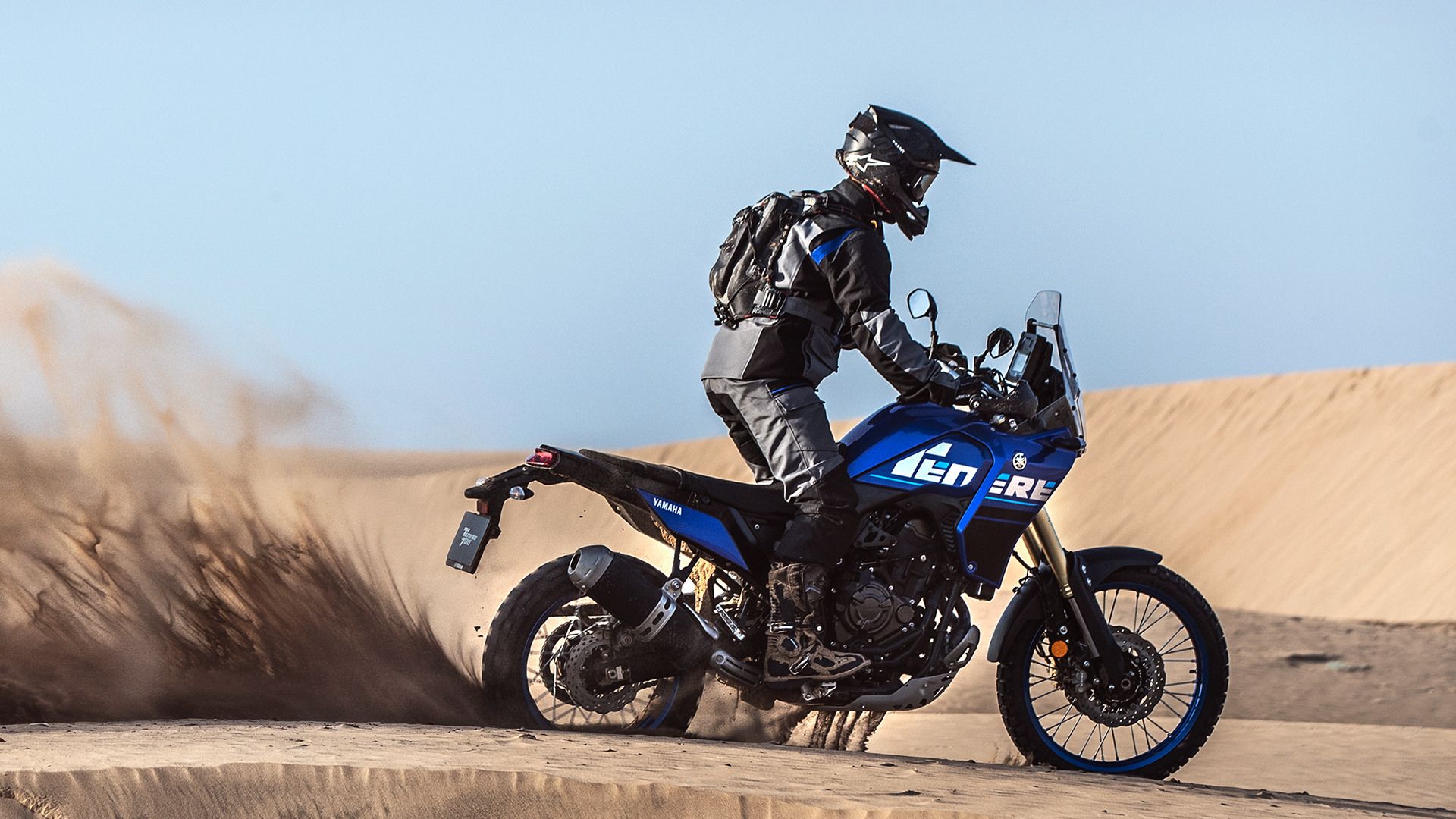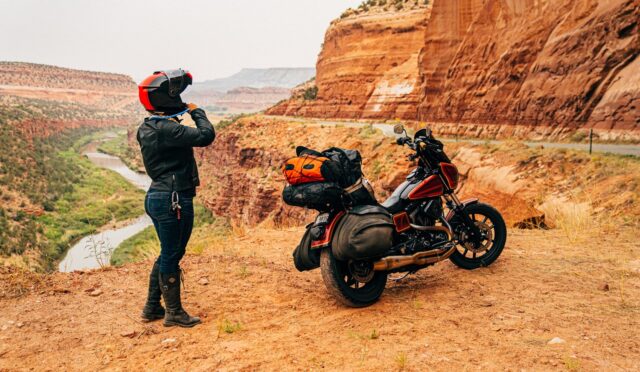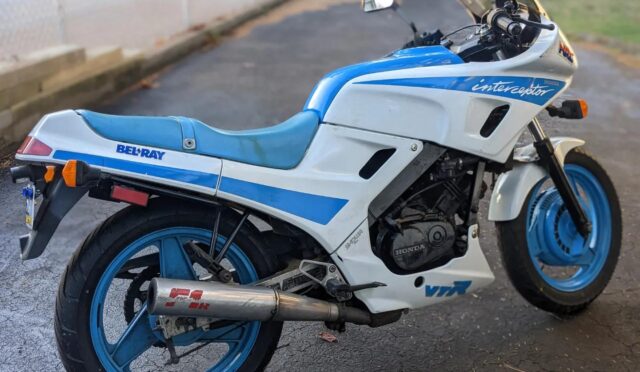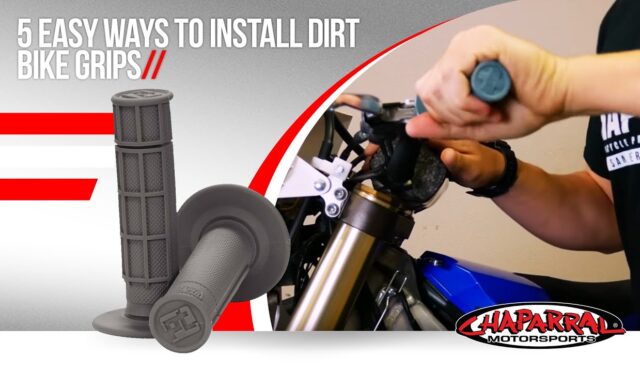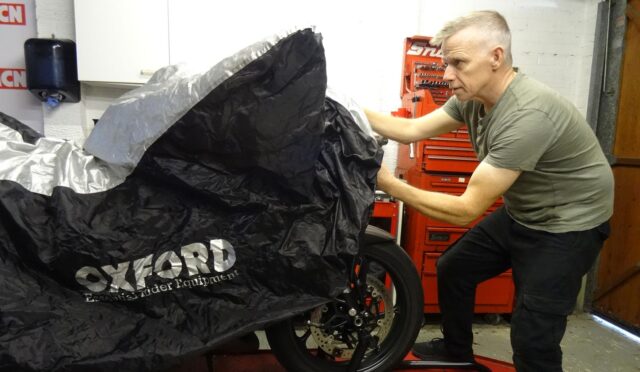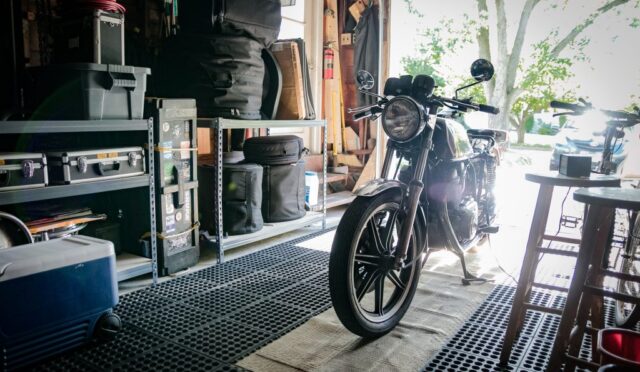Adventure bikes are popular for their versatility and durability. Many riders wonder, “How long do adventure bikes last?” The lifespan of these bikes can vary based on several factors. Generally, a well-maintained adventure bike can last between 10 to 20 years.
The engine quality plays a significant role in longevity. Most adventure bikes are equipped with powerful engines that can endure long rides. Typically, these engines can last anywhere from 50,000 to 150,000 miles. Regular maintenance is crucial in achieving these mileages.
Routine checks, including oil changes and tire rotations, help extend a bike’s life. Using high-quality parts also contributes to the overall durability. Many owners recommend using OEM (Original Equipment Manufacturer) parts for repairs and replacements.
Another factor is the riding style. Adventure bikes designed for off-road riding may wear out faster than those used primarily on paved roads. Riders who frequently travel on rough terrains should expect more wear on their bikes.
Climate and storage conditions also affect a bike’s lifespan. Bikes stored in a garage and protected from harsh weather tend to last longer. Regular cleaning and rust prevention measures can significantly enhance durability.
Price-wise, adventure bikes range from $10,000 to $20,000 for new models. Used models may cost less but can require more maintenance. It’s important to consider the total cost of ownership, including maintenance, insurance, and repairs.
In summary, the lifespan of adventure bikes depends on maintenance, riding habits, and environmental factors. A commitment to care can lead to a long-lasting and enjoyable riding experience.
Understanding The Lifespan Of Adventure Bikes: Factors That Influence Durability
Adventure bikes are built for longevity. Understanding their lifespan helps riders make informed choices. A well-maintained adventure bike can last a decade or more. However, various factors affect their durability.
Here are the main factors that influence the lifespan of adventure bikes:
- Build Quality: High-quality materials lead to longer-lasting bikes. Factors like frame strength and corrosion resistance are crucial.
- Maintenance: Regular oil changes, tire replacements, and brake checks are essential. Poor maintenance can shorten a bike’s lifespan.
- Riding Habits: How a rider uses the bike matters. Off-road riding can cause more wear and tear than on-road use.
- Storage Conditions: Proper storage protects the bike from weather elements. Indoor storage is ideal for preventing rust and damage.
- Parts Availability: Access to replacement parts can influence the lifespan. Models with more readily available parts tend to last longer.
Adventure bikes typically range in price from $5,000 to $25,000. The initial investment can reflect the bike’s potential for durability. Premium models often come with better build quality and longer warranties.
Here’s a table summarizing the expected lifespan based on different factors:
| Factor | Impact on Lifespan |
|---|---|
| Build Quality | High impact; premium bikes last longer |
| Maintenance | Critical; regular care extends lifespan |
| Riding Habits | Moderate; off-road use can reduce durability |
| Storage Conditions | Significant; proper storage prevents damage |
| Parts Availability | Moderate; ease of repairs affects longevity |
In conclusion, adventure bikes can offer many years of reliable service. Understanding the factors that influence their lifespan is essential for any owner. With the right care, riders can enjoy their bikes for years to come.
Maintenance Tips To Extend The Life Of Your Adventure Motorcycle
Adventure motorcycles are built for durability and versatility. With proper care, they can last for many years. Regular maintenance is key to extending their lifespan. This guide offers essential maintenance tips for adventure motorcycle owners.
Most adventure bikes can last between 50,000 to 100,000 miles, depending on usage and care. Some models even exceed this range with diligent maintenance practices.
Here are key maintenance tips:
- Regular Oil Changes: Change the oil every 3,000 to 5,000 miles. Fresh oil keeps the engine running smoothly.
- Check the Tires: Inspect tire pressure and tread regularly. Replace tires when tread is below 1/8 inch.
- Clean the Air Filter: Clean or replace the air filter every 5,000 miles. A clean filter improves engine performance.
- Inspect the Chain: Keep the chain lubricated and adjusted. Clean the chain every 500 miles.
- Brake Maintenance: Check brake pads and fluids regularly. Replace pads when worn.
- Battery Care: Inspect the battery terminals for corrosion. Clean as needed and check the battery charge regularly.
- Check Fluids: Monitor coolant and brake fluid levels. Change fluids as recommended by the manufacturer.
Here’s a quick reference table for maintenance intervals:
| Maintenance Task | Frequency |
|---|---|
| Oil Change | Every 3,000 – 5,000 miles |
| Tire Inspection | Every ride |
| Air Filter Cleaning | Every 5,000 miles |
| Chain Cleaning | Every 500 miles |
| Brake Pads Inspection | Every 10,000 miles |
| Battery Check | Monthly |
| Fluid Level Check | Every 5,000 miles |
By following these maintenance tips, adventure motorcycle owners can ensure their bikes run efficiently and last longer. A well-maintained bike not only provides better performance but also enhances safety. Prioritize maintenance and enjoy many miles of adventure.
Real-Life Experiences: How Many Miles Can Adventure Bikes Typically Endure?
Adventure bikes are built for long journeys and rough terrains. Many riders wonder how many miles these bikes can last. Typically, adventure bikes can endure between 30,000 to 75,000 miles. However, this range depends on various factors.
Key factors influencing the lifespan of adventure bikes include:
- Maintenance: Regular service keeps the bike in top shape.
- Riding Style: Aggressive styles may wear out bikes faster.
- Road Conditions: Off-road riding can increase wear on components.
- Quality of Parts: High-quality parts often last longer.
In the table below, you can see the average mileage based on different bike brands:
| Brand | Average Lifespan (Miles) |
|---|---|
| BMW | 60,000 |
| KTM | 50,000 |
| Honda | 70,000 |
| Triumph | 55,000 |
| Yamaha | 65,000 |
Riders have reported different experiences. Some have taken their adventure bikes over 100,000 miles. Proper care and mindful riding contribute to a bike’s longevity.
Choosing the right adventure bike also matters. Consider models known for durability. Look for bikes with good reviews in the adventure riding community.
In conclusion, adventure bikes can last a significant number of miles. With the right maintenance and care, they can be reliable companions on many journeys.
Adventure bikes can last anywhere from 50,000 to 100,000 miles or more, depending on maintenance, riding conditions, and the specific model.
Key factors include regular maintenance, riding style, environmental conditions, and the quality of components used in the bike’s construction.
Generally, newer models incorporate improved technology and materials, which can enhance durability and lifespan compared to their older counterparts.
Regular maintenance is crucial; it helps identify potential issues early and keeps the bike running smoothly, ultimately extending its lifespan.
Yes, riding in harsh conditions, such as off-road trails or extreme weather, can increase wear and tear, potentially shortening the bike’s lifespan.
Common signs include unusual noises, decreased performance, fluid leaks, and visible wear on tires and brakes, indicating that the bike may need attention.
Absolutely. Higher-quality parts can enhance performance and reliability, ultimately leading to a longer-lasting motorcycle.
While some modifications can improve performance and durability, it’s important to ensure these changes are compatible and don’t compromise the bike’s integrity.
Regular inspections of brakes, tires, lights, and fluid levels are essential; if everything is functioning well, your bike is likely still roadworthy.
Yes, the resale value can be affected by factors like mileage, maintenance history, and overall condition, so keeping your bike in good shape is beneficial.

